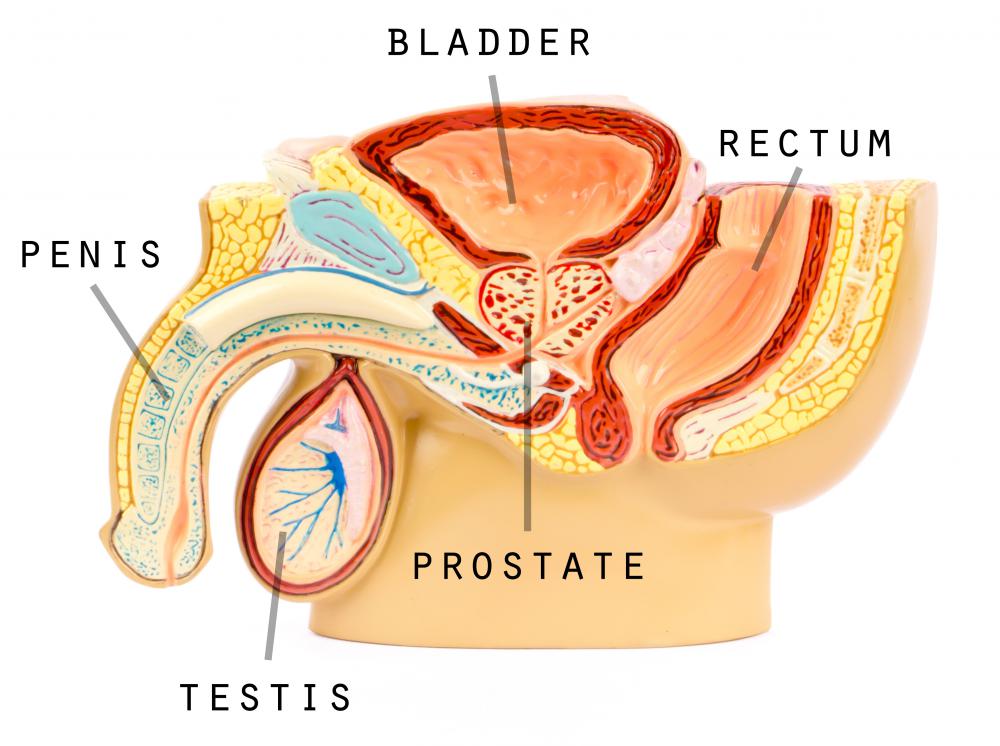At TheHealthBoard, we're committed to delivering accurate, trustworthy information. Our expert-authored content is rigorously fact-checked and sourced from credible authorities. Discover how we uphold the highest standards in providing you with reliable knowledge.
What is a Penile Amputation?
A penile amputation is the full or partial removal of the penis from the body. It can result from injury, illness or assault, but if the severed portion is preserved, re-attachment is possible with the near-complete recovery of function. In some cases, penile amputation is accomplished through surgery for compelling medical reasons, or as part of a trans-gendering process. Overall, it’s a rare occurrence in modern times.
In earlier times, victorious soldiers sometimes amputated the penises of their vanquished opponents, serving the purposes of trophy-taking and kill-counting, as well as demonstrating the victor’s superiority. Although the practice is reported from time to time even in the course of modern wars, it hasn’t become standard practice.

A surgical penile amputation — a penectomy — may sometimes be called for to deal with certain conditions, always as a last resort. Certain forms of cancer may lead to penectomy, for instance, and in rare cases, improperly performed circumcisions may ultimately result in penectomy. Sexual reassignment surgery, on the other hand, doesn’t generally call for a complete penile amputation, but rather the re-forming of the penis into the components of a vagina. When this is not possible, a procedure called a colovaginoplasty may be called for, which does require complete removal of the penis.

Injury to the penis is the most common reason for a surgical penile amputation. Penile fracture or other injury during sexual relations appears to be the most common form of penile injury, followed by gunshot and stabbing wounds, which occur most often during combat. Accidents during masturbation also account for a significant number of penile injuries. The consensus is that penile injuries related to sexual activity are under-reported because of the potential embarrassment involved, especially in cases of masturbation.

A penile amputation, full or partial, may also be called for in extreme cases of priapism, a painful condition in which an erection won’t subside. Medical literature documents cases of priapism in men taking certain medications together with medications for erectile dysfunction. In most cases such erections can be reversed with less extreme measures, but a complete or partial penectomy may be indicated in extreme situations.

While still quite rare, the most common form of penile amputation is traumatic. Usually a crime of passion, committed by spouses or lovers as retaliation for faithlessness, it occurs more frequently in under-developed countries than in the industrialized West. From time to time, a case will become famous because of some novel element of the underlying circumstances. Toward the end of the 20th century, for example, an American woman named Lorena Bobbit, after what she described as an incident of spousal rape, removed her husband’s penis with a carving knife, and then tossed the organ into a field. The sensationalistic element of this situation was that the severed penis was recovered and re-attached, and her husband later reported that the organ had recovered its full functionality. A penis can be successfully re-attached within 16 hours, or somewhat longer if it is packed in ice.
AS FEATURED ON:
AS FEATURED ON:















Discuss this Article
Post your comments